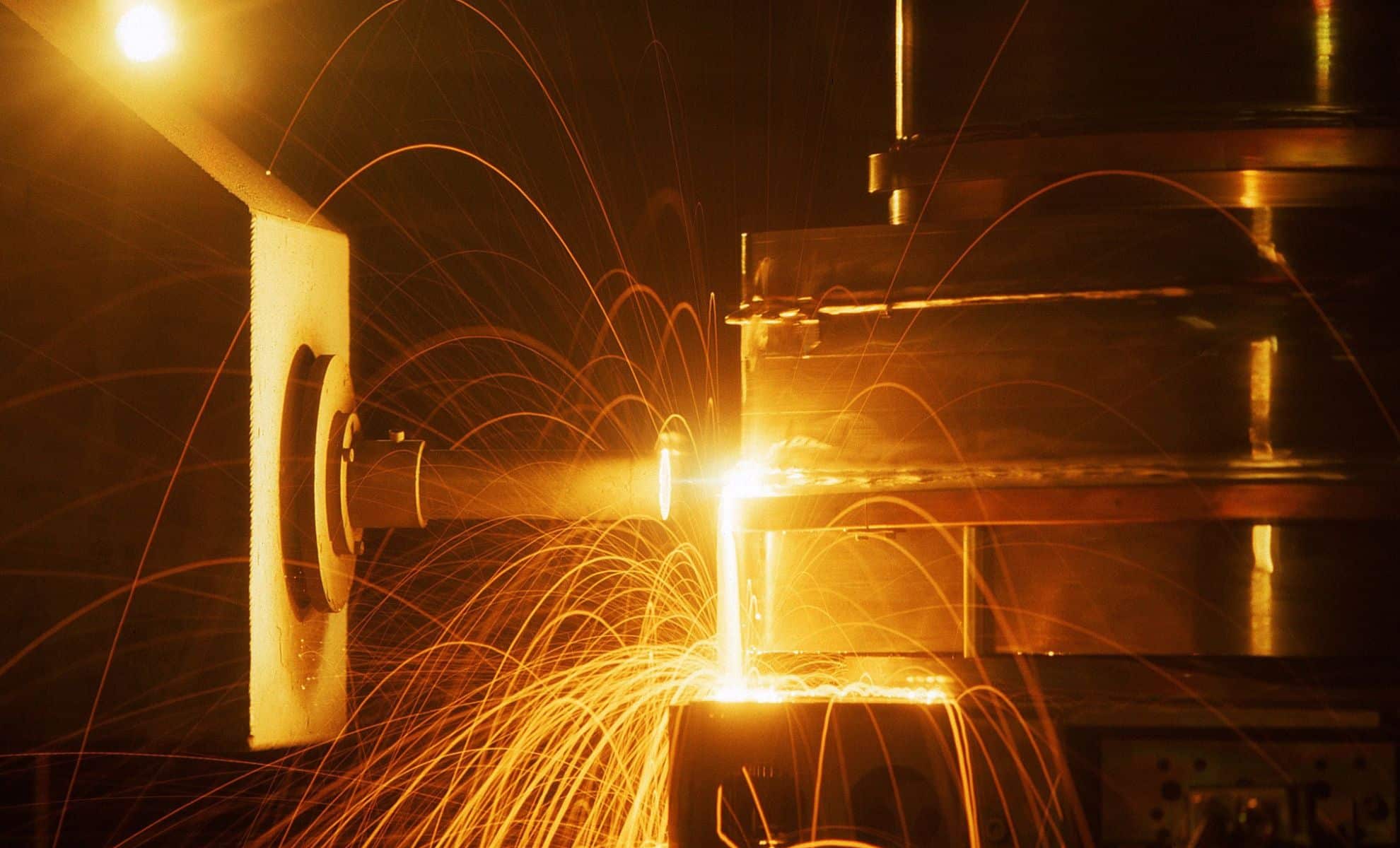
The U.S. Is Once Again Set to Take the Lead in Global Innovation After Breaking the Record for the Most Powerful Electron Beam
How did your country report this? Share your view in the comments.
Diverging Reports Breakdown
The U.S. Is Once Again Set to Take the Lead in Global Innovation After Breaking the Record for the Most Powerful Electron Beam
Scientists at SLAC have created an electron beam with an unprecedented peak current. The beam is five times more powerful than any other electron beam on Earth. This milestone marks a significant step in both the field of accelerator physics and in a range of scientific disciplines, from quantum chemistry to astrophysics. Researchers are already exploring how this new technology can be applied to plasma wakefield technology, which could potentially lead to the creation of next-generation particle accelerators. The potential for new discoveries is vast, but the journey is just beginning, says SLAC scientist Claudio Emma, who helped lead the project. The breakthrough was supported by the U.S. Department of Energy’s Office of Science, and has already attracted attention from researchers worldwide, eager to explore its potential applications in physics, chemistry, and beyond. It took months of experimentation to achieve the desired compression and stability.
Breaking Through Limitations in Beam Physics
For years, creating highly powerful electron beams without compromising their quality has been one of the greatest challenges in particle physics. Traditional methods used to generate electron beams involve microwave fields that compress and focus the electrons. However, this process often results in energy losses, diminishing the quality of the beam.
The researchers at SLAC found a new way to solve this problem. By using an innovative laser-based shaping technique, they were able to compress billions of electrons into a beam just one micrometer long, maintaining both the power and quality of the electron beam.
At the heart of the new study is a laser heater undulator, a device that allows researchers to tightly control electron beams. (Courtesy Claudio Emma)
Laser Technology Takes Center Stage
At the heart of the success was the use of a laser heater undulator, a device that allowed researchers to tightly control the electron beam. “The big advantage of using a laser is that we can apply an energy modulation that’s much more precise than what we can do with microwave fields,” said Claudio Emma, a staff scientist at SLAC’s Department of Energy National Laboratory. The team took advantage of the precision offered by lasers to create a beam that could maintain its high peak current while also remaining highly controlled.
This breakthrough, however, was no easy feat. It involved months of experimentation to achieve the desired compression and stability. The SLAC team had to adjust the interaction between the laser and the electron beam, ensuring the beam’s compression was perfect as it traveled through the facility’s one-kilometer-long machine.
Implications for Astrophysics and Beyond
This new electron beam will open the door to a wealth of new possibilities in scientific research. In astrophysics, for example, scientists can now replicate the plasma filaments observed in stars. These filaments are phenomena that scientists know exist but have never been able to study closely under laboratory conditions—until now. By directing the powerful electron beam at solid or gas targets, SLAC researchers can closely examine these structures in unprecedented detail.
The beam also holds great promise for advancing other scientific fields. Researchers at SLAC are already exploring how this new technology can be applied to plasma wakefield technology, which could potentially lead to the creation of next-generation, compact particle accelerators. The future of these investigations is wide open, as SLAC researchers continue to explore the many ways this tool can be applied.
This development is part of a larger push by SLAC scientists to explore the power of ultrafast science. “If you have the beam as a fast camera, then you also have a light pulse that’s very short, and now suddenly you have two complementary probes,” Emma said. The possibilities of combining such precise electron beams with attosecond light pulses will enable researchers to examine phenomena with a level of detail that was previously unimaginable.
Claudio Emma and Brendan O’Shea examine experimental apparatus at FACET-II in 2022. (Jacqueline Ramseyer Orrell/SLAC National Accelerator Laboratory)
The new tool also offers a versatile platform for other scientists. “If you need an extreme beam, we have the tool for you, and let’s work together,” Emma added, underscoring the collaborative spirit driving the innovation at SLAC.
This breakthrough, supported by the U.S. Department of Energy’s Office of Science, has already attracted attention from researchers worldwide, eager to explore its potential applications in physics, chemistry, and beyond. The journey is just beginning, but the potential for new discoveries is vast.
